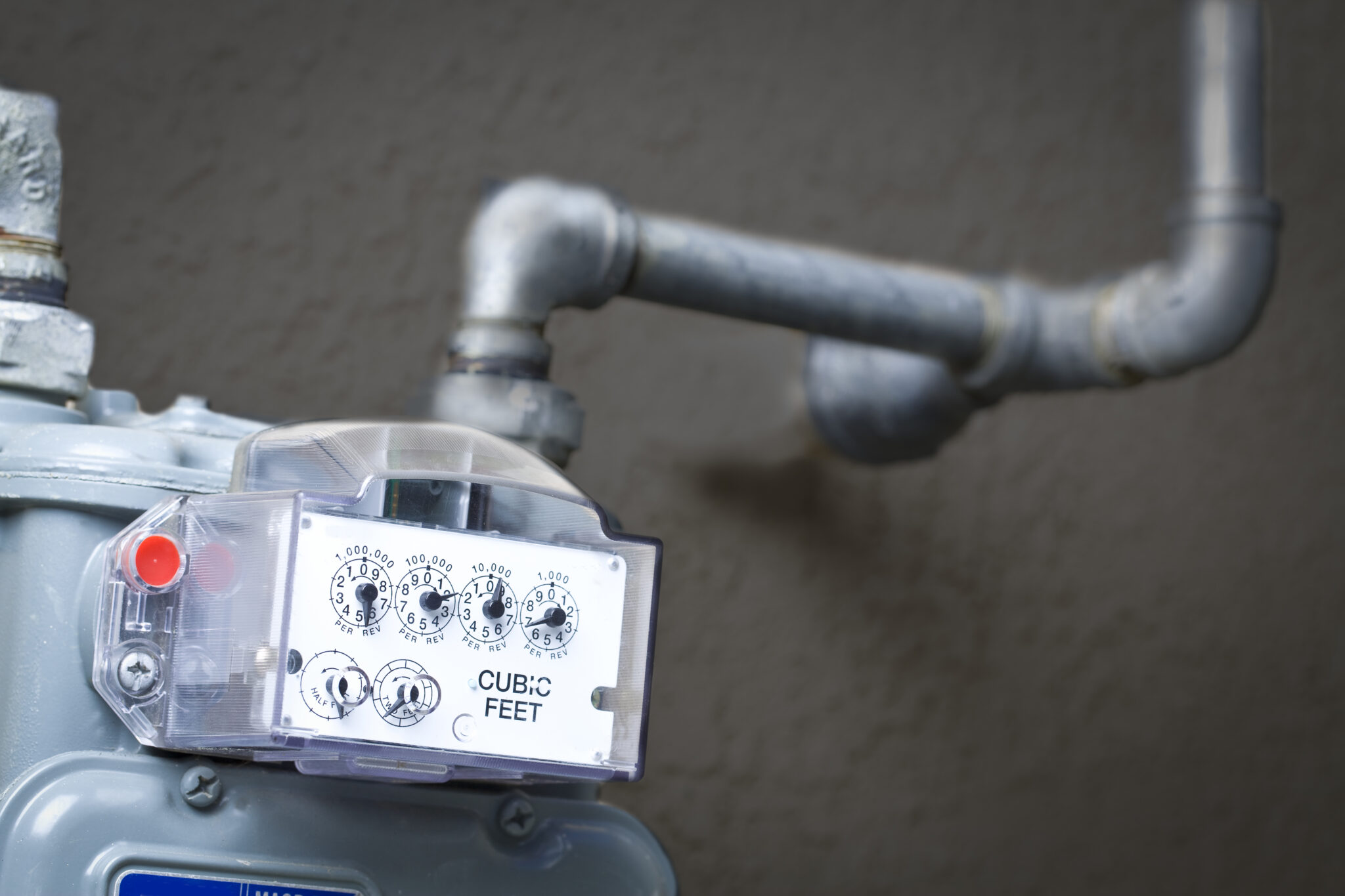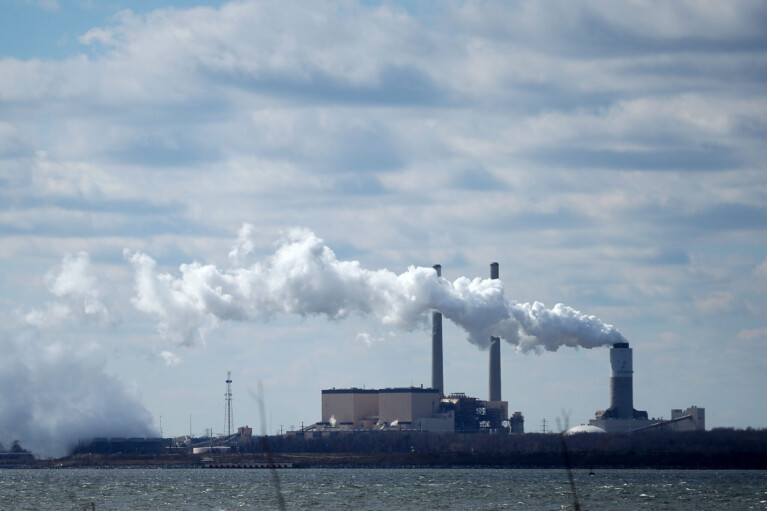
By Kevin Murphy and Jim Steffes
Murphy is the chief engineer and vice president for Washington Gas. Steffes leads the public policy at Washington Gas, where he is a senior vice president.
For us, safety is non-negotiable. It is one of our core values at Washington Gas. Moreover, while Maryland certainly deserves a lower-carbon energy future, it is essential that we chart our course toward that future not ever losing sight of today’s safety considerations.
Maryland residents (not just our customers) rely on natural gas for a significant portion of their energy needs. Natural gas fuels the kitchens of our restaurants, warms the water in our showers, and ensures back-up power for emergency situations. Today, 43% of Marylanders rely on natural gas for heating. Natural gas will continue to be an important part of Maryland’s energy mix for years to come, and we should all strive to make the delivery and transport of natural gas as safe as possible.
However, there are critics in Maryland who are putting politics over community safety by threatening to derail state investments in the natural gas infrastructure.
Safety is the longstanding goal of the STRIDE law, short for “Strategic Infrastructure Development and Enhancement,” which encourages gas utilities such as Washington Gas, BGE, and Columbia Gas to accelerate replacement of aging pipeline infrastructure in Maryland. STRIDE was passed as a direct response to the U.S. Pipeline and Hazardous Materials Safety Administration’s (PHMSA) nationwide call to modernize aging pipelines. In 2013, acting on that call, the Maryland General Assembly, in a bipartisan manner, passed STRIDE legislation to incentivize the state’s gas utilities to accelerate investments into aging pipelines to improve system safety.
The STRIDE program has been successful. Between 2019 and 2022 alone, leaks on our Maryland system dropped more than 40% thanks in large part to our investments in STRIDE replacement. Using risk analysis tools, we have identified and retired over 151 miles of aging main and replaced 33,833 associated service lines allowing us to continue providing safe, reliable service to homes and businesses. Proactively replacing aging pipes makes our system, and your community, safer.
Unfortunately, STRIDE is now under attack in Annapolis. Critics of STRIDE argue that investing in natural gas infrastructure contradicts Maryland’s climate goals, but this view is mistaken. Allowing existing energy infrastructure to degrade does not benefit the climate; it only makes Marylanders less safe.
While the transition to alternative forms of energy is important, it will not happen overnight. We must pursue our climate goals while also maintaining the safety and reliability of the existing natural gas infrastructure that Maryland relies upon.
STRIDE does not allow a gas utility to add new customers through the program or build to grow its system. All STRIDE investment must be focused on upgrading the system we have today.
Opponents’ calls for “leak repair” alternatives to STRIDE overlook both the safety ramifications of such an approach, and that a pipeline that leaks costs more to maintain than newly installed pipes. STRIDE actually reduces infrastructure expense over time, while improving today’s reliability and safety.
By prioritizing the replacement and modernization of old pipelines, STRIDE not only safeguards communities but also helps to reduce emissions. STRIDE allows Washington Gas to reduce methane emissions, which not only aligns with Maryland’s climate goals but also exemplifies a pragmatic approach to reducing our emissions while maintaining energy reliability.
STRIDE detractors also fail to acknowledge the broad economic benefits from STRIDE. According to a study by Towson University’s Regional Economic Studies Institute, our STRIDE investments from 2024 through 2028 will contribute over $800 million to the state’s GDP and create thousands of job opportunities in the construction, engineering, and maintenance sectors. These projects will inject $277 million in salaries, wages, and benefits into the local economy, bolstering household incomes and consumer spending.
All Maryland residents should view the balance between existing energy safety and climate progress as a “both/and” proposition, not “either/or.” Maryland can and must pursue them at the same time. Supporting STRIDE means supporting a safer Maryland — one that does not have to choose between safety and sustainability.




 Creative Commons Attribution
Creative Commons Attribution